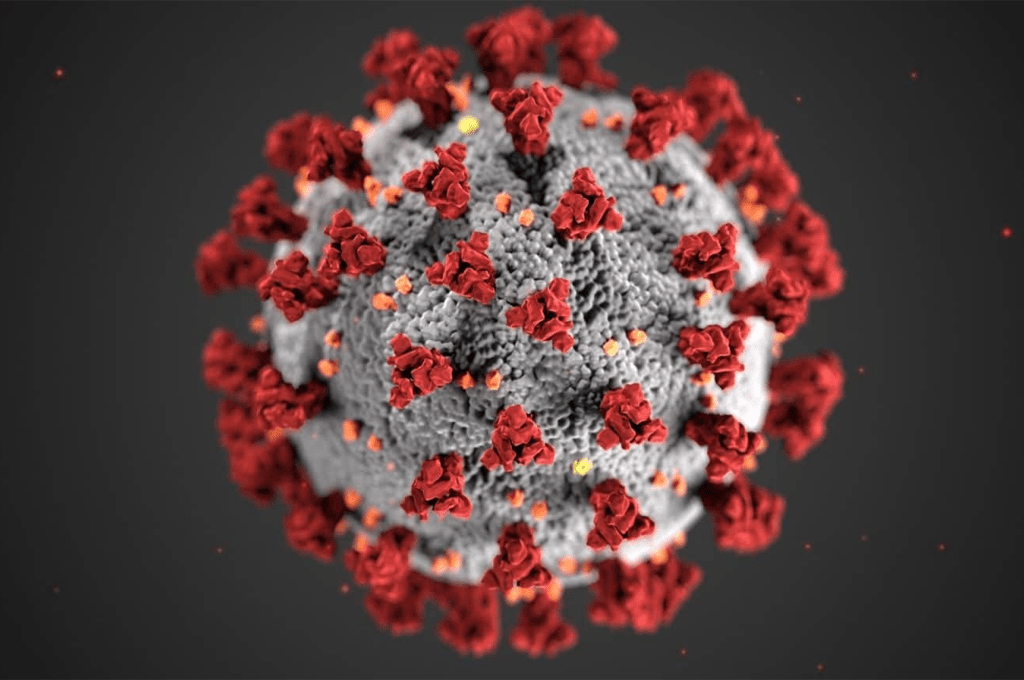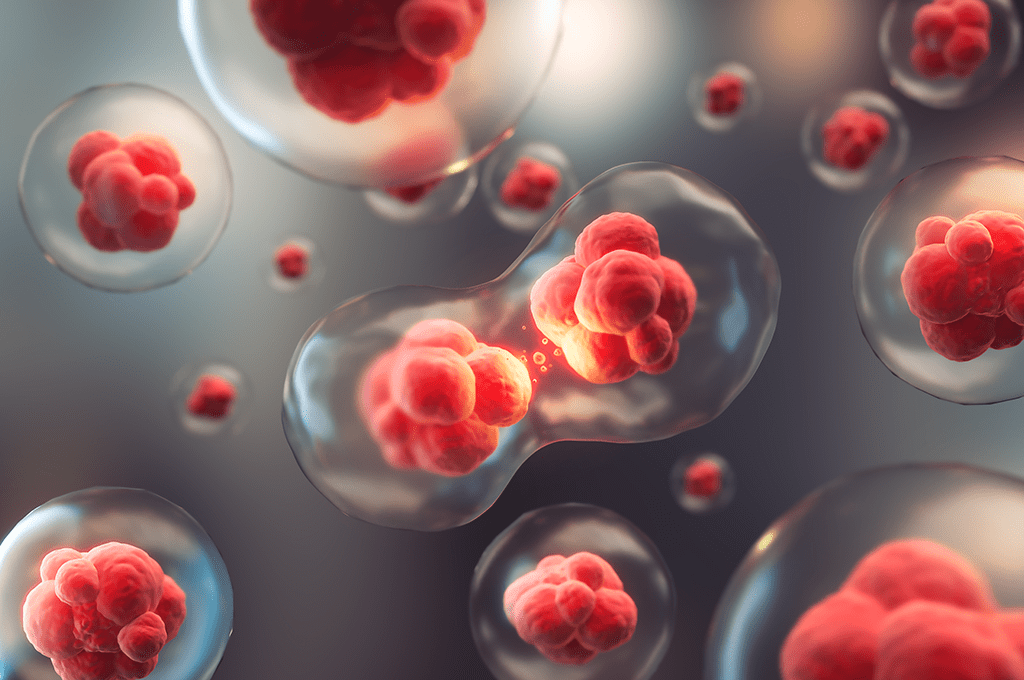Effects of drug therapy on single cells
To understand the functions of our body organs in health and disease, it is necessary to study the molecular composition of individual cells that make up the organ’s cell communities in the organs. SciLifeLab/Uppsala University researchers have developed an approach to analyze the highest number so far of proteins in single human cells. Almost 100 molecules of each class were measured in each investigated cell. Their work represents a significant advance in the field of single cell analyses, and the study is published in the open-access journal Cell Reports.
The study’s co-first authors Caroline Gallant and Spyros Darmanis highlight the ability of their approach to finely identify the differential effects of drug therapy on cell types that up to now have been difficult to distinguish. Their method also provides a means to assess the relative merits of RNA and protein measurements in defining the states of cells.
While levels of RNA and protein are strongly correlated when averaged over large numbers of cells, the authors discovered that this correlation breaks down at the level of single cells, with protein information more stably representing cell identity.
The approach was applied to better understand the variable responses of the aggressive brain tumor glioblastoma to a proposed therapeutic agent, revealing subsets of cells with reduced responsiveness to the treatment. The results described in Cell Reports underscore the value of the single cell method to evaluate tumor therapy.
The approach for protein analysis is based on the so-called PEA technology developed at the Uppsala-based company Olink Bioscience. The single cell method will be made available to the scientific community via services at SciLifeLab, Uppsala University.




